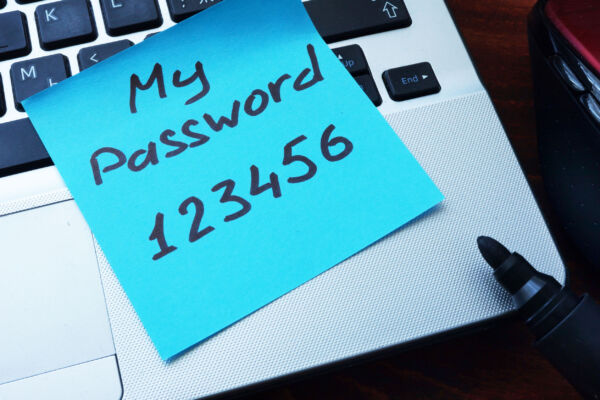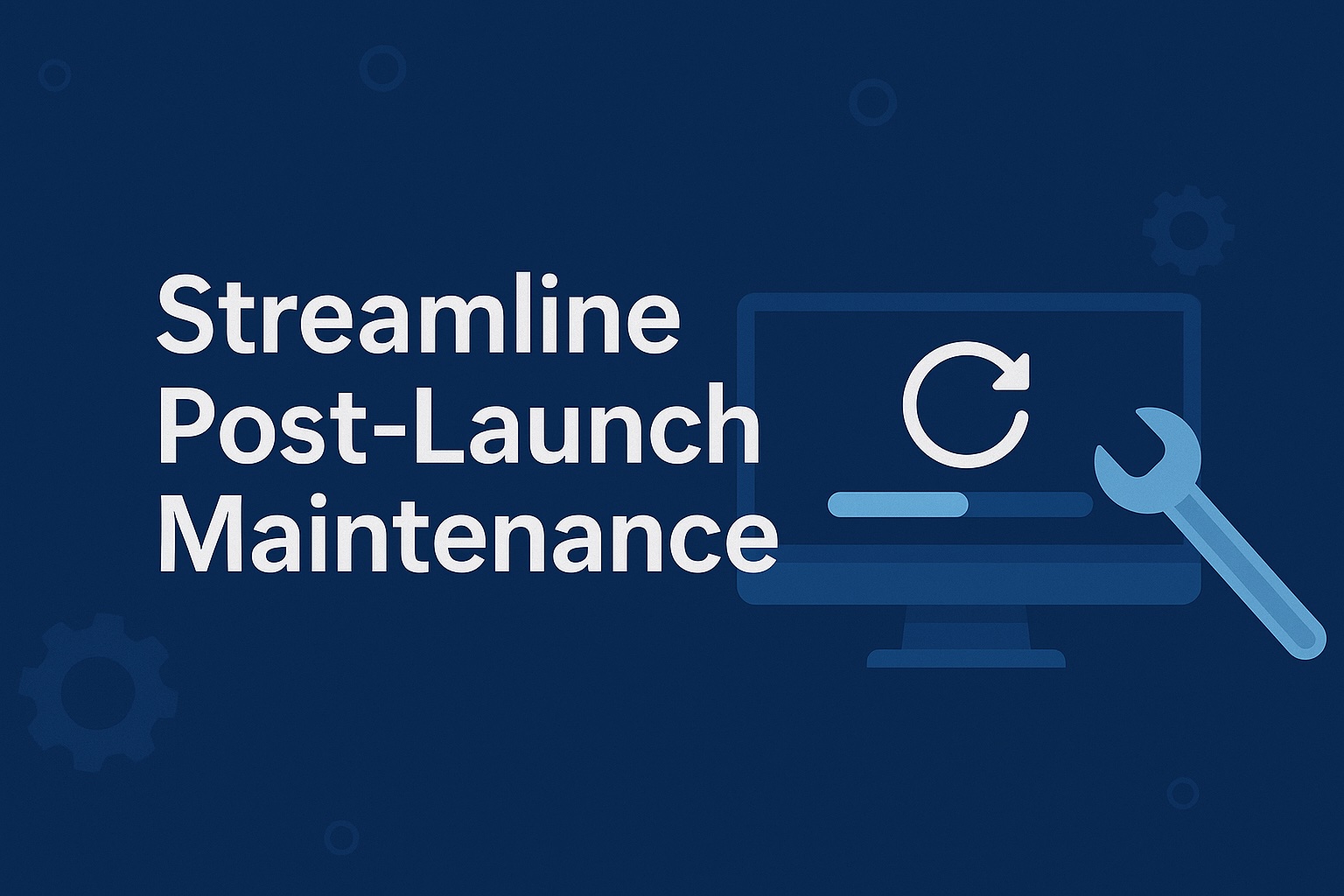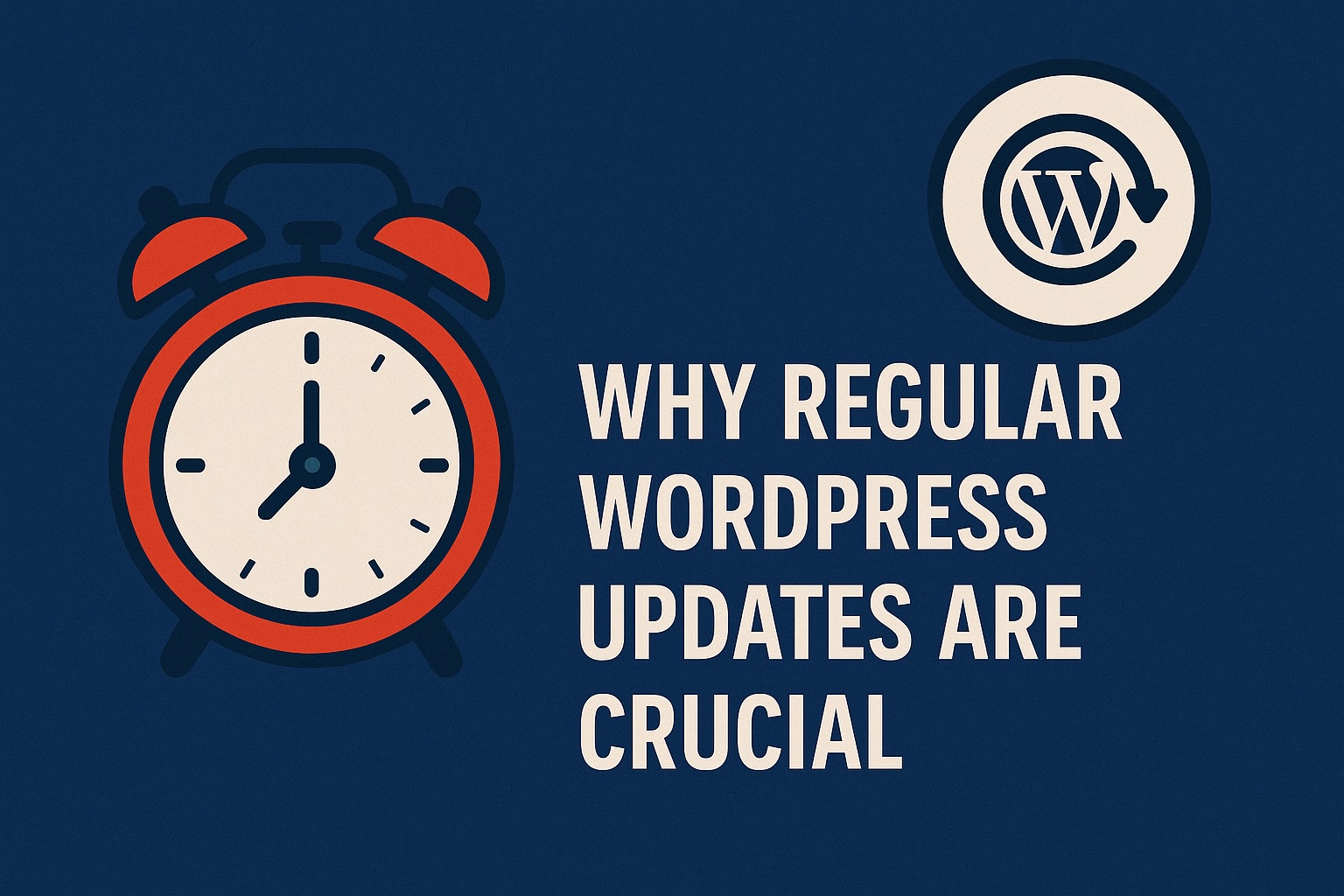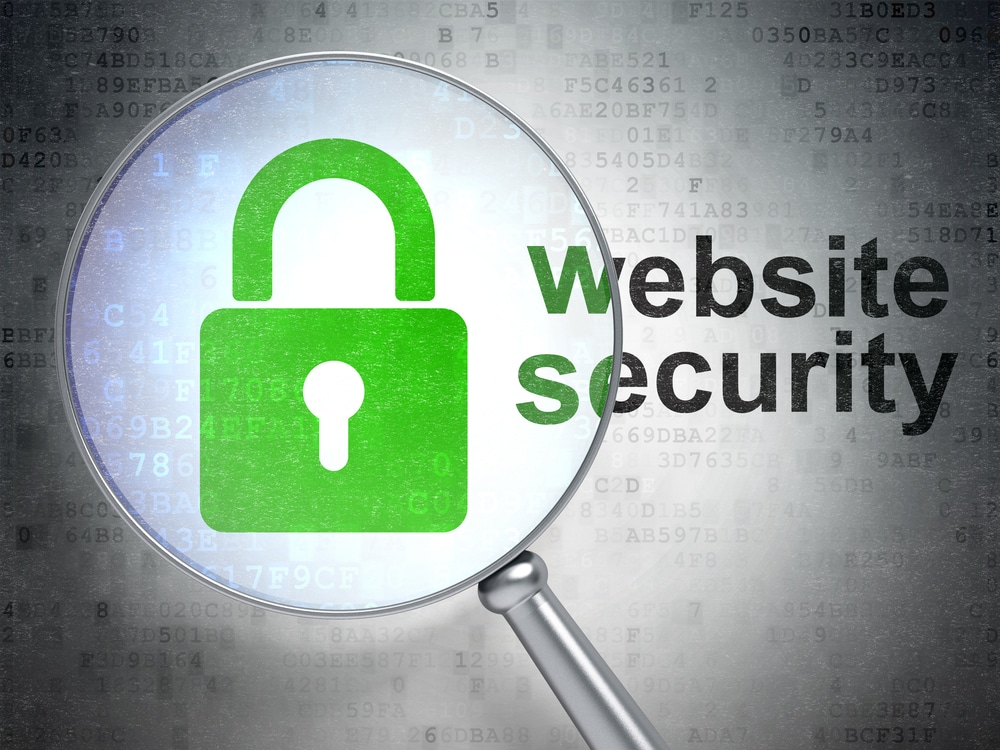
The WordPress content management system (CMS) powers approximately 40% of websites on the internet, making it the largest CMS by market share. While this popularity ensures that the platform enjoys robust support from both internal and external developers, it also makes WordPress websites an attractive target for scammers and hackers.
If this leaves you concerned about security risks from using WordPress, keep in mind that the CMS itself is secure — it simply requires customization and good management to minimize vulnerabilities due to the open-source nature of the platform.
Read on to learn more about WordPress security vulnerabilities and how you can prevent them.
Importance of WordPress Security Best Practices
Using WordPress website security best practices helps prevent unauthorized access or hacked websites. This open-source CMS provides users and developers alike with transparency in terms of the underlying code, but the downside is that it also lets bad actors exploit WordPress vulnerabilities. For instance, default WordPress setups put the administrative login on a fixed page, leaving it visible to hackers. For this reason, WordPress developers suggest changing the name of the login page to something less visible to those who wish to steal your information.
Common WordPress Security Vulnerabilities and Risks
WordPress security issues encompass roughly five key categories, each with their own particular way of letting hackers gain access to WordPress sites. Fortunately, each of these issues that makes your WordPress site vulnerable have easy fixes.
1. Outdated WordPress Core, Plugins or Themes
Some of the common WordPress vulnerabilities are outdated core, plugins or themes. When issues arise, the WordPress security team and developers of plugins and themes typically release updates to address them, but that very release can reveal the WordPress security vulnerabilities to the public, including hackers and scammers. This means that the faster you update outdated core installations, plugins and themes, the better chance you have at keeping WordPress secure. The key to maintaining this sort of security threat is keeping your WordPress installation, themes and plugins updated and ensuring any background software is updated as well.
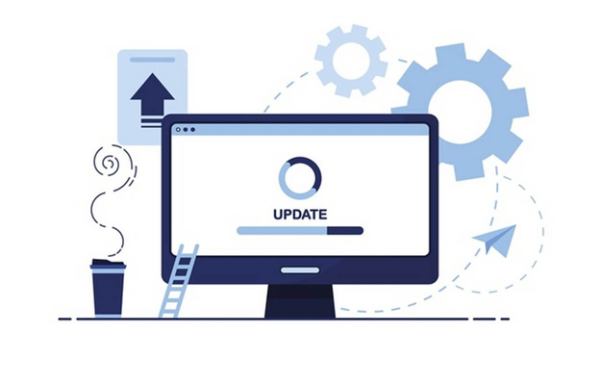
2. Brute Force and DDoS Attacks
Another common WordPress security issue is brute force attacks. As mentioned above, leaving the WordPress login page on the default URL upon installation enables hackers to use a brute force attack to gain access to your website. This typically occurs when they use trial-and-error methodology to enter various username and password combinations until they log in successfully.
Even when these attacks are unsuccessful, they can overload your server and slow your WordPress website to a crawl. Secure passwords that utilize uppercase and lowercase letters plus numbers and symbols help foil these attacks as does hiding your WordPress login page. To further reduce security threats, limit login attempts and enable two-factor authentication.
Distributed denial of service (DDoS) attacks happen when hackers send a multitude of requests to a web server, causing it to slow and then crash. Utilizing multiple infected machines from around the world, these organized attacks have the potential to cost your business big money. Fortunately, a good web host like WPSitePlan mitigates these sorts of attacks by managing web server security and coming to the rescue when suspicious activity occurs.
3. File Inclusion and MySQL Database Exploits
Software exploits that attack vulnerabilities in PHP software used to run your WordPress site or your MySQL database can also help hackers gain access to your WordPress website. When hackers attack these background elements, they typically do so through a file inclusion export or SQL injection. Both techniques let hackers load remote files into your website files via outdated versions, providing access to your WordPress configuration file and the ability to change anything they like.
An easy way to prevent file inclusion exploits or fix SQL injection issues is to use a managed host like WPSitePlan that’s experienced in dealing with common WordPress security issues. A well-managed WordPress host keeps these essential background files updated to keep hackers out.
4. Poor Security and Credentialing
Another way hackers can gain unauthorized access is through poor security and credentialing. When you set up your website, your WordPress dashboard provides options to create five user roles, each with its own level of access — administrator, editor, author, contributor and subscriber. Administrator accounts are the most powerful, providing unlimited access to your entire website and allowing hackers to change everything from site files to the bank account where your e-commerce sales go. The key way to prevent unauthorized access is to be careful with login credentials, ensuring administrative user credentials are properly assigned only to those you trust with your WordPress website.
5. Cross-Site Scripting
Cross-site scripting is also referred to as XSS attacks, cookie stealing or hijacking session attacks. Unfortunately, these vulnerabilities are commonplace within WordPress plugins. These attacks work by finding ways to get victims to load insecure JavaScript on web pages without their knowledge. Unlike SQL injections and other malicious software, cross-site scripting attacks steal data from browsers, especially via hijacking forms hosted on your WordPress site.
They then use this hack to steal login credentials to access a user account. To avoid cross-site scripting, be sure to validate website data properly and use output sanitization — or simplify the process with a WordPress security plugin recommended by your web host.
Tips on How to Protect Your WordPress Website
1. Change your passwords regularly and use a strong password generator
WordPress site passwords are the first line of defense against unauthorized access to your site. The longer and more complex a password is, the harder it is for someone to guess or crack.
Most people don’t change their passwords often enough, and they use easily guessed words or phrases as passwords. This makes it easy for hackers to gain access to your site.
2. Use two-factor authentication
Two-factor authentication (2FA) is an additional layer of security that requires users to provide a second piece of information beyond their username and password when logging in.
This can be something as simple as a code that is sent to your phone via text message or a more sophisticated token-based system.
3. Install a security plugin to help protect your website from malware and hackers
Security plugins are an essential part of protecting your website from malware and hackers. They work by scanning your website for vulnerabilities and fixing them, as well as providing other security features such as malware scanning and firewall protection. There are a number of different security plugins available, so it’s important to choose one that is right for your needs.
4. Use an SSL certificate to encrypt your website’s traffic
An SSL certificate is a digital certificate that authenticates the identity of a website and encrypts the traffic between the user and the site. This is important because it ensures that users’ data is safe from prying eyes, including hackers and government surveillance.
5. Back up your website regularly in case of data loss or hacking
A website can be hacked and data can be lost, so it’s important to back up your site on a regular basis in order to keep your work safe. Backing up your site means making copies of all the files that make up the site. These include not only graphics, text, and other media files but also documents with any content.
6. Update WordPress and plugins when new versions are released
It is important to keep your WordPress site and plugins up-to-date. Updated versions often include security patches and bug fixes, which can help protect your site from hackers and malware. Additionally, updated versions may offer new features or enhancements that can improve the user experience on your site.
7. Restrict access to your website’s admin area only to trusted users
Restricting access to your website’s admin area is a critical step in keeping your site secure. By only allowing trusted users access, you can help to prevent unauthorized changes or access to your site’s sensitive data.
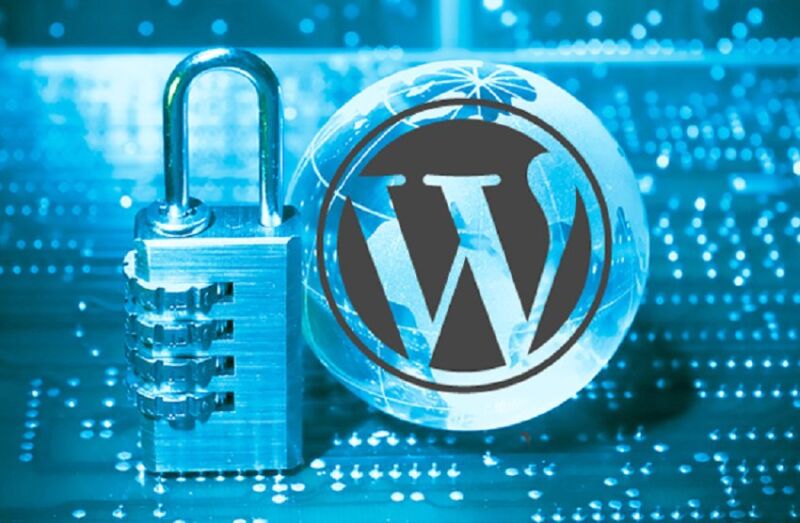
Eliminating WordPress Security Vulnerabilities and Risks
A well-managed web host such as WPSitePlan understands WordPress security vulnerabilities and risks and works hard to keep your site up and running. Also equipped to handle other threats to your site’s security like malware and phishing attempts, a well-managed web host performs daily security scans, keeps your WordPress themes, plugins and core up to date and provides daily backups so you can revert back to a good version should your site’s database get hacked.
Keeping your WordPress website free of common security vulnerabilities and risks lets you enjoy maximum uptime, which is good for your business. When you need some help installing and maintaining your WordPress installation, WPSitePlan has three levels of service and security to suit your needs and does all the heavy lifting for you. To find out what we can do for you, call (855) 827-0042.
